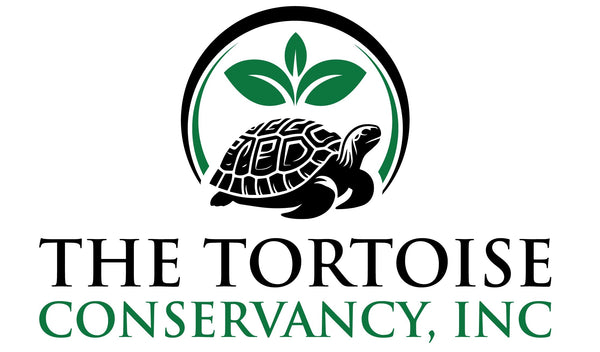
The Plight of the Gopher Tortoise: Threats and Conservation Efforts
Share
The Plight of the Gopher Tortoise: Threats and Conservation Efforts |
Gopher tortoises face numerous threats that put their populations at risk. Habitat loss, road mortality, predation, and disease are among the primary challenges these reptiles encounter. Conservation efforts focus on addressing these threats through habitat protection, legal protection, and public education.
Habitat Loss: Urban development, agriculture, and mining activities have led to significant habitat loss for gopher tortoises. The fragmentation of habitats limits their ability to find food, mates, and safe burrowing sites. Efforts to protect and restore habitats are critical for ensuring the survival of tortoise populations.
Road Mortality: Road mortality is a significant issue for gopher tortoises. As they travel in search of food, mates, or new burrow sites, they often cross roads and highways, where they are at risk of being hit by vehicles. Conservation initiatives aim to reduce road mortality by installing wildlife crossings, fencing, and road signs to alert drivers.
Predation: Predators such as raccoons, foxes, and birds pose a threat to gopher tortoises, especially to eggs and hatchlings. Predator control programs help manage predator populations and protect vulnerable tortoises. Ensuring the availability of safe nesting sites and burrows also reduces predation risks.
Disease: Diseases such as upper respiratory tract disease (URTD) can have devastating effects on gopher tortoise populations. Monitoring and managing disease outbreaks are essential for maintaining healthy populations. Conservation programs often include health assessments and treatment for affected tortoises.
Conservation Efforts: Conservation efforts for gopher tortoises include habitat protection, legal protection, and public education. Protected areas, such as wildlife refuges and nature reserves, provide safe habitats for tortoises to thrive. Legal protections, including state and federal regulations, help safeguard tortoise populations from exploitation and habitat destruction.
Relocation programs are another important conservation tool. When tortoises are found in high-risk areas, such as construction sites, they are relocated to protected habitats. These programs require careful planning and monitoring to ensure the success of relocated individuals.
Public education and advocacy play a crucial role in gopher tortoise conservation. Raising awareness about the importance of gopher tortoises and the threats they face helps garner support for conservation initiatives. Community involvement, through volunteer programs and citizen science projects, also contributes to the success of conservation efforts.
By addressing the various threats to gopher tortoises and implementing effective conservation strategies, we can help ensure the survival of these remarkable reptiles and the ecosystems they support.
